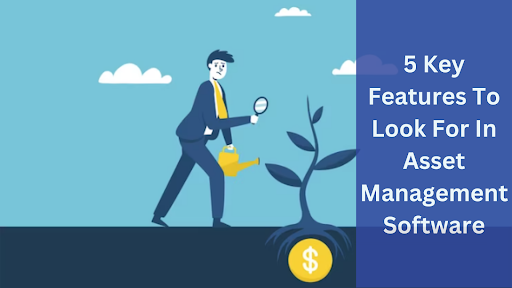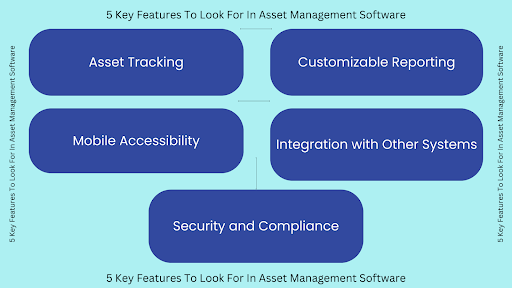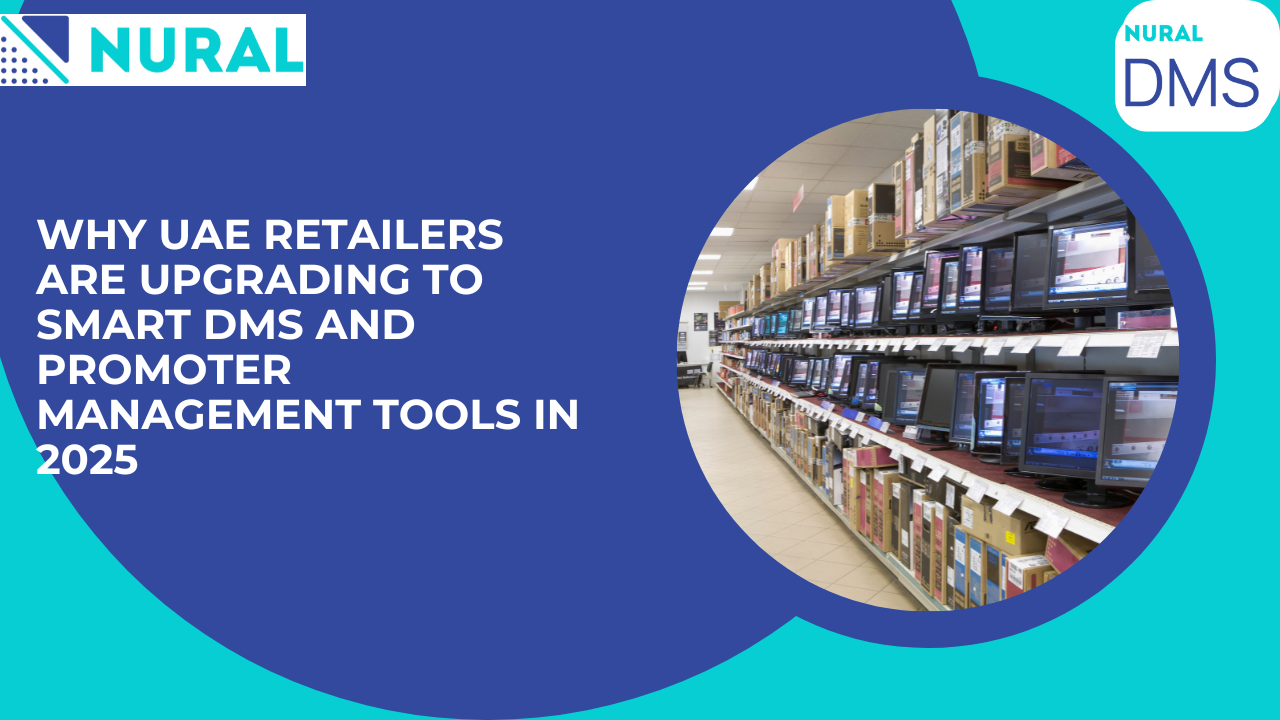- Introduction
- Asset Tracking
- Customizable Reporting
- Mobile Accessibility
- Integration with Other Systems
- Security and Compliance
Key Takeaways:
- Asset management software is a system designed to track and manage an organization’s assets throughout its lifecycle.
- One of the main features of the Asset Management Software should be to keep track of all the registered assets at all times.
- Effective asset management requires accurate data and insights. Look for software that provides real-time reporting and analytics capabilities.
Assets could mean anything to a business. It really depends on the nature of business and the product or service they are selling. The biggest asset for companies selling services is either the skill or the machine helping the companies provide the service. For manufacturing companies, the assets would be the machines helping them to manufacture the products. In the same way, the nature of assets differ from business to business.
However, one factor that is common in all businesses and industries is the importance of maintaining these assets. Irrespective of what the asset is, every company spends a considerable amount of their budget to acquire these assets. Hence, preserving and optimally utilizing these assets is important. Hence, a dedicated software has been designed to do the job for businesses. It is called Asset Management Software.
Asset management software is a system designed to track and manage an organization’s assets throughout their lifecycle. It works by collecting and storing data on each asset, such as its location, maintenance history, and current status. This information is usually inputted into the software through manual data entry or automated tracking systems such as RFID or barcode scanners. The software then uses this data to generate reports, perform predictive maintenance, and optimize asset utilization. The primary goal of asset management software is to help organizations increase efficiency, reduce downtime, and ultimately save money by ensuring that assets are being used to their fullest potential.
However, in recent years, the market has come up with thousands of asset management software that promise to do the job. But there are certain features that software must have to do the job in a way that will actually benefit the business. Let’s dig into those details.
Asset Tracking
One of the main features of the Asset Management Software should be to keep track of all the registered assets at all times. The information provided by the software should be real-time and updated. For example, a company buys a machine and registers it in the software. This way, the procurement date of the machine is recorded, and as the years go by and the company keeps on using this machine, the software would provide the company with information and assistance with the maintenance of the machine. The software would let the company know when the machine needs servicing or repairing. This way the company is able to look after the machine, and hence, utilize it to its utmost potential.
Customizable Reporting
Effective asset management requires accurate data and insights. Look for software that provides real-time reporting and analytics capabilities. This can help you track asset utilization, monitor performance, and identify areas for improvement. Real-time reporting also makes it easier to make informed decisions quickly, based on the most up-to-date information available.
Mobile Accessibility
Another important feature to look for in asset management software is mobile access. With more and more employees working remotely or in the field, it’s crucial to have a system that allows you to access asset information from anywhere, at any time. Mobile access can help streamline workflows and reduce delays, enabling teams to collaborate more effectively and make faster decisions. Look for asset management software that offers a mobile app or web-based interface that’s optimized for use on smartphones and tablets.
Integration with Other Systems
Finally, it’s important to look for asset management software that integrates with other systems your organization uses. This includes systems such as ERP (Enterprise Resource Planning), CMMS (Computerized Maintenance Management System), and financial management software. Integration helps to streamline workflows, reduce manual data entry, and eliminate errors caused by duplicate data entry. Make sure the asset management software you choose offers integrations with the systems you use, or has an API (Application Programming Interface) that allows for custom integrations.
Security and compliance are critical aspects to consider when choosing asset management software. The software should have robust security features to ensure the safety and protection of sensitive data. This includes secure login and authentication processes, encrypted data storage, and regular backups to prevent data loss. Additionally, the software should comply with industry regulations and standards to ensure that data is stored and managed in accordance with legal and ethical requirements. Some of the common compliance standards to look for in asset management software include ISO 27001, GDPR, and HIPAA. By choosing asset management software with strong security and compliance features, businesses can ensure that their data is safe and protected from unauthorized access or theft.






